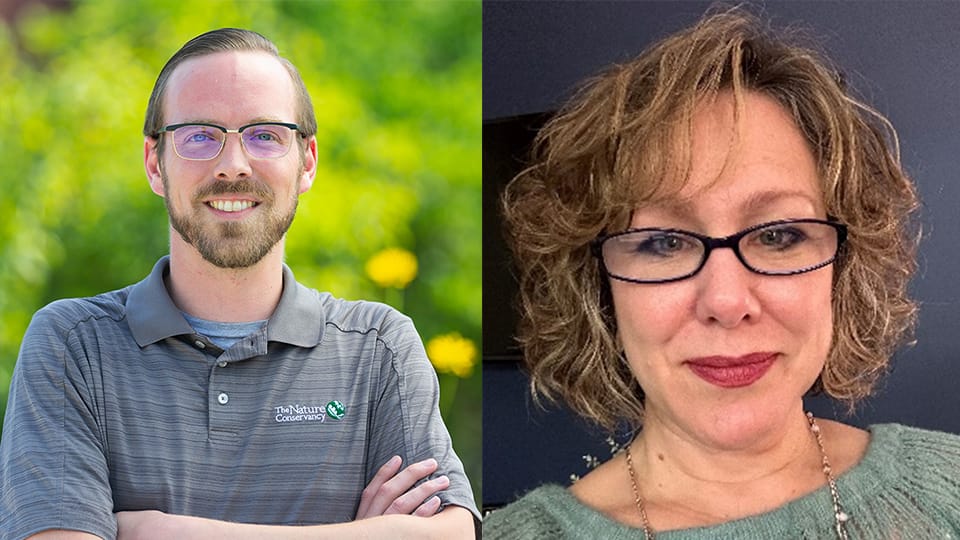Mining the sun to power state and local economies
Subscriber Benefit
As a subscriber you can listen to articles at work, in the car, or while you work out. Subscribe Now
Today we celebrate the summer solstice, an astronomical event that marks the longest day of the year. This day also serves as a powerful reminder of the promise solar energy holds for our state and local economies.
Consider this. Installed solar capacity tripled across the state from 2021 to 2022. And we now rank 8th in the nation for projected solar energy growth by 2025 with thousands of megawatts of renewable energy currently under construction or in advanced stages of development.
We have undeniable momentum to leverage across the state, and southwestern Indiana is a region that is particularly rich with opportunities to further expand our solar capacity.
Analysis by The Nature Conservancy shows there are over 150,000 acres of mine lands in southwestern Indiana that could host solar and other clean energy technologies. These lands hold tremendous promise, and they often have pre-existing transmission lines and roads that make them relatively easy for clean energy projects to utilize.
Creating clean energy hubs on this land would enable us to make use of existing infrastructure—helping to keep project costs down—while also giving new life to this land. New federal incentives can also help reduce costs for renewable energy developers, including those laid out in the Inflation Reduction Act. And the Indiana Department of Natural Resources has $385 million in federal grants available to reclaim Abandoned Mine Lands, which could be used for clean energy development at these sites.
Revitalizing mine lands with new clean energy projects can also drive economic development. Mines are shuttering as coal usage declines, and they are no longer providing jobs and tax revenues. Repurposing this land for clean energy development can generate new revenue streams for landowners and create jobs in construction and maintenance.
When we develop solar responsibly, we can strengthen a county’s tax base with revenue to support local investment, workforce training, and community priorities like schools, libraries and parks. When individuals are engaged with these types of projects, we can ensure funding is directed in a way the community itself supports.
And just as reusing products and materials helps avoid further environmental damage, so too does reusing degraded land. Rather than disrupting natural areas by building solar sites, using existing mine lands and brownfields to house solar projects can help us meet our renewable energy goals and electricity demands without further harm to plant and animal habitats.
These initiatives represent a win-win for Hoosiers and our environment. We can repurpose degraded lands for our clean energy projects to boost our economies and communities, all while preserving the integrity of our precious natural ecosystems and prime agricultural lands.
Our communities agree with this path forward, too. A 2023 survey commissioned by The Nature Conservancy found 66% of Hoosiers are favorable to solar energy production, including 64% of Hoosiers who live in counties that are primed for solar development projects. And recent polling shows 69% of Indiana residents support adding state incentives to facilitate solar and wind development on brownfields and mine lands.
To accelerate clean energy on mine lands and brownfields in Indiana, we must embrace a spirit of collaboration. Let’s advocate together for inclusion of clean energy projects in Indiana’s Reclamation Plan 2016 and state mine reclamation requirements, and development of brownfield and mine land reclamation plans within our own communities.
This summer, let’s turn our attention to one of our most renewable resources—solar energy—and its power to transform our planet, livelihoods and economy. Learn more about opportunities to turn mine lands and brownfields into clean energy hubs in The Nature Conservancy’s Mining the Sun report.
